The global wildlife trade presents a striking paradox: while some animals are mass-produced to the point of genetic deterioration, others face extinction due to excessive hunting. This dichotomy reflects the complex interplay between human desires, market forces, and the inherent characteristics of different species. From purebred dogs suffering from hereditary conditions to tigers hunted to near extinction for traditional medicine, the impact of human intervention on animal populations takes dramatically different forms. This article explores why certain animals face overbreeding while others confront overhunting, examining the economic, cultural, and biological factors that create these divergent paths in our relationship with the animal kingdom.
The Economics of Overbreeding

Overbreeding occurs when animals are repeatedly bred to produce offspring with specific traits that appeal to consumers, often with little regard for genetic health or welfare. The economics driving this phenomenon are straightforward: high demand coupled with relatively easy reproduction in captivity creates a profitable business model. For example, popular dog breeds like French Bulldogs can command prices of several thousand dollars per puppy, incentivizing breeders to produce as many as possible. This profit motive often leads to corner-cutting practices such as inbreeding or breeding animals too frequently, which maximize short-term gains at the expense of animal welfare. Additionally, the ability to control the entire production cycle—from mating to birth to sale—allows breeders to create efficient systems that treat animals more as products than living beings.
The Drivers Behind Overhunting

Overhunting presents a stark contrast to overbreeding, occurring when wild animals are captured or killed at rates exceeding their natural reproduction capabilities. Economic factors still dominate, but the dynamics differ significantly from those of overbreeding. Many overhunted species command extremely high prices because they cannot be easily bred in captivity—pangolin scales, for instance, can fetch hundreds of dollars per kilogram on black markets. The rarity of these animals often increases their value, creating a perverse incentive where declining populations lead to higher prices and intensified hunting pressure. Cultural factors frequently compound these economic drivers, as traditional medicines, status symbols, or culinary delicacies create persistent demand despite conservation efforts. The tragedy lies in how market forces accelerate the decline of already vulnerable species, pushing many to the brink of extinction.
Biological Factors That Determine Fate

The biological characteristics of a species largely determine whether it faces overbreeding or overhunting. Animals that adapt well to captivity, reproduce quickly, and have relatively simple care requirements—such as dogs, cats, and many small mammals—are prime candidates for overbreeding. These species typically reach sexual maturity quickly and produce multiple offspring per pregnancy, allowing breeders to maintain profitable operations. Conversely, species that struggle in captivity, reproduce slowly, or have specialized diets or habitats often become targets for hunting. Rhinoceroses, for example, breed slowly and have proven difficult to reproduce consistently in captivity, making wild populations the primary source for their valuable horns. The reproductive rate of a species thus becomes a critical factor in determining whether it will face exploitation through breeding or hunting.
Designer Pets and Genetic Consequences

The quest for “designer pets” with specific aesthetic traits has driven some of the most concerning examples of overbreeding. Selective breeding for exaggerated physical characteristics often comes with severe health consequences, as seen in brachycephalic (flat-faced) dog breeds that suffer from breathing difficulties. Purebred animals frequently endure higher rates of genetic disorders due to limited gene pools and the prioritization of appearance over health. The American Kennel Club recognizes over 340 dog breeds, many of which have been selectively bred to emphasize specific traits to the detriment of overall health. The consequences extend beyond individual suffering, as these practices can diminish the genetic diversity of entire breeding populations, making them more vulnerable to disease and environmental changes. This genetic narrowing represents a form of biodiversity loss that occurs paradoxically through producing more animals rather than fewer.
Cultural Drivers of Exploitation
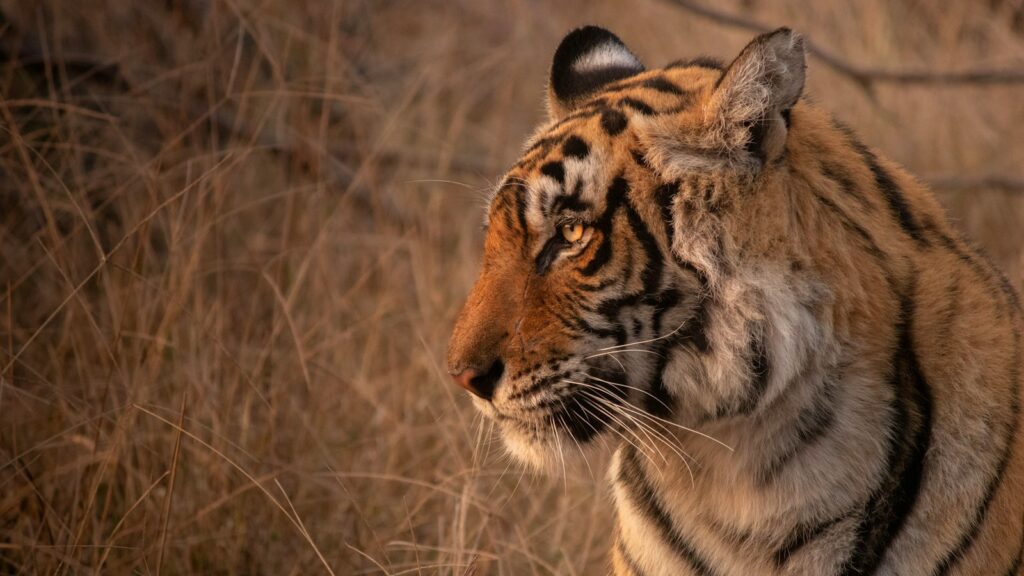
Cultural beliefs and practices significantly influence whether a species faces overbreeding or overhunting. Traditional medicine systems worldwide create enormous demand for specific animal parts, driving hunting pressure on species like tigers, whose bones are used in some traditional Asian medicines. Religious or cultural ceremonies may require specific animals or animal products, creating steady demand regardless of conservation status. Status symbols represent another cultural driver, with exotic pets or products serving as displays of wealth and power—whether it’s a rare macaw in a living room or a rhino horn displayed as artwork. These cultural values often prove resistant to change through education or awareness campaigns alone, as they may be deeply embedded in historical practices or identity. The challenge for conservation efforts lies in acknowledging these cultural factors while finding sustainable alternatives that fulfill similar cultural functions.
The Role of Market Accessibility
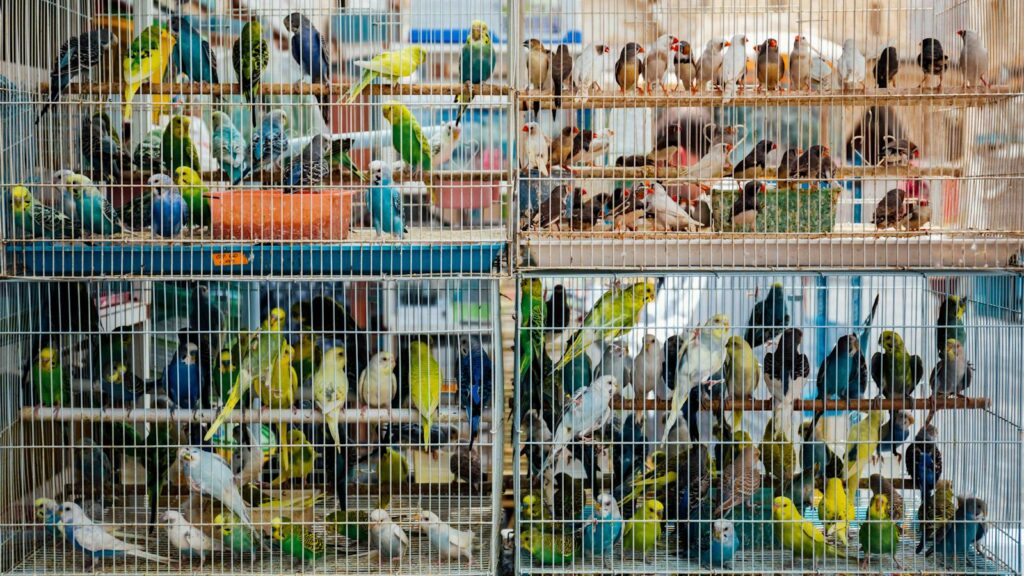
The accessibility of markets plays a crucial role in determining exploitation patterns for different species. Overbred pets typically exist within legal, regulated markets with established supply chains, making them readily available to consumers through pet stores, breeders, and online platforms. In contrast, overhunted species often enter black or gray markets, where their products command premium prices due to their illegality and scarcity. The internet has transformed both markets, making it easier for puppy mills to reach customers directly and for wildlife traffickers to connect with buyers across borders. Enforcement challenges differ significantly between these markets—while overbreeding might violate animal welfare standards but remain technically legal, wildlife trafficking explicitly breaks international laws like CITES (Convention on International Trade in Endangered Species). These differing legal frameworks and market structures create entirely different exploitation dynamics for different animal groups.
Pet Industry Trends and Vulnerable Species
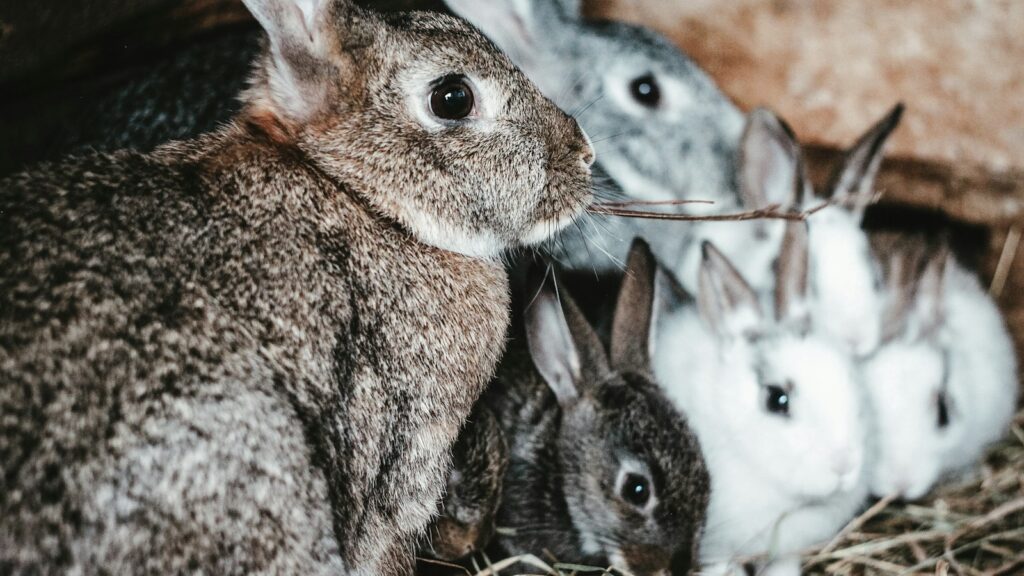
The pet industry’s evolving trends directly influence which species face overbreeding pressures. Social media and popular culture significantly impact consumer preferences, with movies like “101 Dalmatians” or celebrities showcasing specific breeds often creating sudden demand spikes. These rapid shifts in popularity can catch ethical breeders unprepared, creating openings for less scrupulous operations to meet demand through mass-production methods. Smaller animals with shorter lifespans, like hamsters and rabbits, can face particularly intense breeding pressure as they reproduce quickly and require relatively little space. The exotic pet trade represents another concerning trend, with unusual animals like sugar gliders or hedgehogs sometimes experiencing overbreeding once they become trendy. These shifts demonstrate how consumer preferences, rather than ecological considerations, often determine which species face exploitation through breeding.
Trophy Hunting and Status Symbols
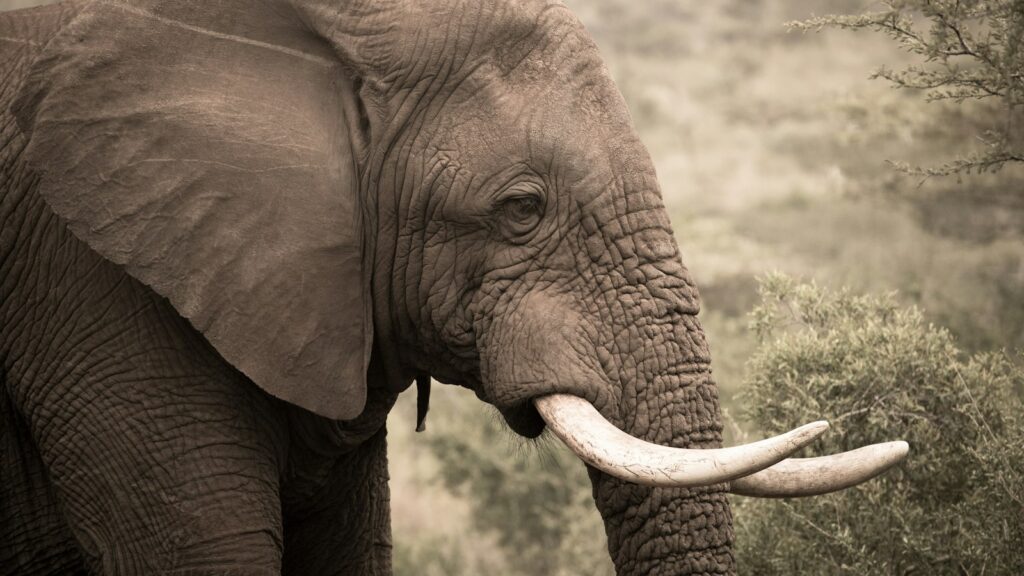
Trophy hunting represents a specialized form of overhunting driven by the desire for status and achievement rather than the utilitarian use of animal products. This practice targets animals with impressive physical characteristics—the largest tusks, horns, or bodies—which often belong to the most genetically valuable individuals within a population. The removal of these prime specimens can have disproportionate effects on population health and reproductive success. The economics of trophy hunting create complex conservation dilemmas, as the high fees paid by hunters sometimes fund protection efforts for the remaining animals. Countries like Namibia have implemented controlled hunting programs that generate conservation revenue while maintaining stable wildlife populations, though such programs remain controversial. The distinction between sustainable hunting and harmful overhunting often depends on population monitoring, enforcement capacity, and whether hunting targets threatened species.
Supply Chain Economics and Exploitation

The structure of supply chains significantly influences exploitation patterns across different species. For overbred pets, vertical integration—where breeders control multiple stages, from production to retail—can maximize profits while minimizing oversight. Large commercial breeding operations may produce thousands of puppies annually through assembly-line methods that prioritize quantity over the quality of care. For overhunted species, supply chains typically involve multiple intermediaries between poachers and end consumers, with each step increasing the price and obscuring the original source. A pangolin might be caught by a subsistence hunter, sold to a local trader, then a regional exporter, before entering international smuggling networks—with the price multiplying at each transfer. These supply chain dynamics create different intervention points for addressing exploitation, from breeder regulations for pets to anti-poaching efforts and border control for hunted species.
Conservation Status and Legal Protections
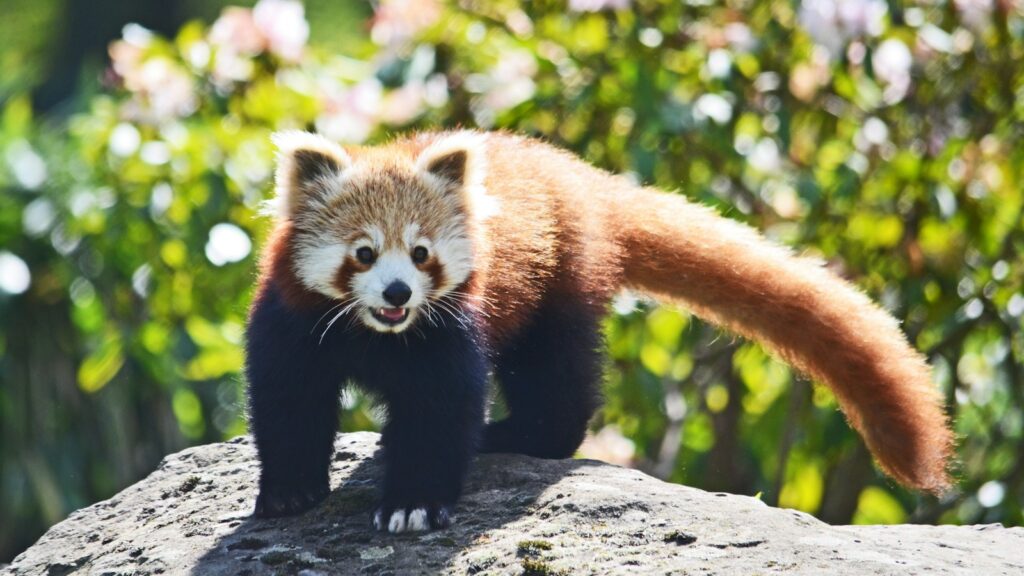
The conservation status of a species profoundly influences whether it faces overbreeding or overhunting pressures. Ironically, endangered status can accelerate both problems through different mechanisms. For rare but breedable species, endangered status can create premium markets for captive-bred individuals, as seen with certain reptiles or birds that command higher prices due to their scarcity. For species that cannot be easily bred, endangered status often increases black market values, intensifying hunting pressure as supplies dwindle. Legal protections vary dramatically between domesticated and wild species, with pets subject primarily to animal welfare laws while wild species may be protected by national and international conservation legislation. The effectiveness of these protections depends heavily on enforcement capacity, which varies widely across regions—a pangolin might be technically protected throughout its range, but actual protection depends on rangers, customs officials, and judicial systems having both the resources and will to enforce laws.
Technological Innovations in Exploitation

Technological advances have transformed both breeding and hunting practices, often accelerating exploitation rates. In breeding, artificial insemination allows for more precise genetic selection and higher reproduction rates than natural mating, enabling industrial-scale breeding operations. Embryo transfer technologies permit valuable females to produce more offspring than would be physically possible through normal pregnancy, further accelerating breeding cycles. For hunted species, technology has similarly intensified pressures, with night vision equipment, GPS tracking, and modern weapons making formerly inaccessible populations vulnerable. Poachers may use drones to locate animals or coordinate via encrypted messaging apps to avoid law enforcement. Online marketplaces have revolutionized both industries by connecting buyers and sellers globally while often operating outside regulatory frameworks. These technological capabilities have far outpaced regulatory responses, creating enforcement challenges for both overbreeding and overhunting scenarios.
Sustainable Alternatives and Solutions

Addressing both overbreeding and overhunting requires developing sustainable alternatives that meet human needs while protecting animal welfare and conservation. For pets, adoption programs represent the most direct alternative to commercial breeding, with millions of homeless animals available through shelters and rescues worldwide. Certification systems for ethical breeders can help consumers make informed choices, while spay/neuter programs address the root causes of pet overpopulation. For hunted species, community-based conservation provides alternative livelihoods for local populations who might otherwise rely on hunting, while sustainable wildlife tourism can generate more long-term value from living animals than their one-time harvest. Synthetic alternatives to animal products, from faux fur to lab-grown alternatives to traditional medicines, offer technological solutions to reduce demand for wild-sourced materials. The most effective approaches typically combine regulation, education, economic incentives, and cultural sensitivity to address the complex drivers behind animal exploitation.
The Role of Consumer Awareness
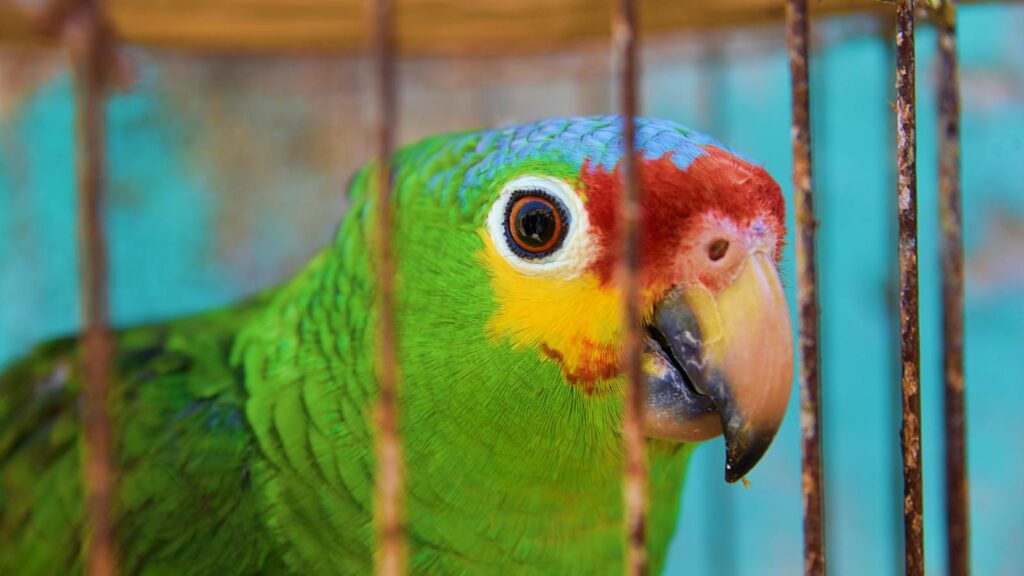
Consumer awareness and behavior represent powerful forces in either perpetuating or mitigating animal exploitation. For pets, educated consumers who understand the consequences of overbreeding can choose adoption or responsible breeders over convenient pet store purchases. Campaigns highlighting the health issues in brachycephalic dogs, for instance, have begun to shift consumer preferences toward healthier, more ethically bred animals. For wildlife products, consumer education about the conservation impact of purchases can reduce demand for items like ivory trinkets or exotic leather goods. However, awareness campaigns face significant challenges, including cultural barriers, misinformation, and the disconnect between purchase decisions and their distant impacts on animals. The most effective awareness efforts focus not only on providing information but also on making ethical choices more convenient, affordable, and socially desirable—transforming abstract knowledge into concrete behavioral change.
The divergent fates of overbred and overhunted species reflect the complex relationship between humans and animals in our global economy. While the exploitation mechanisms differ dramatically—one creating too many animals with diminished genetic health, the other removing too many animals from wild populations—both stem from prioritizing human desires over animal welfare and ecosystem health. Addressing these parallel crises requires a multifaceted approach that includes stronger regulations, market-based solutions, technological innovations, and cultural shifts in how we value animals. By recognizing the interconnected economic, biological, and cultural factors driving both overbreeding and overhunting, we can develop more effective conservation and welfare strategies that protect vulnerable species while acknowledging human needs and values.

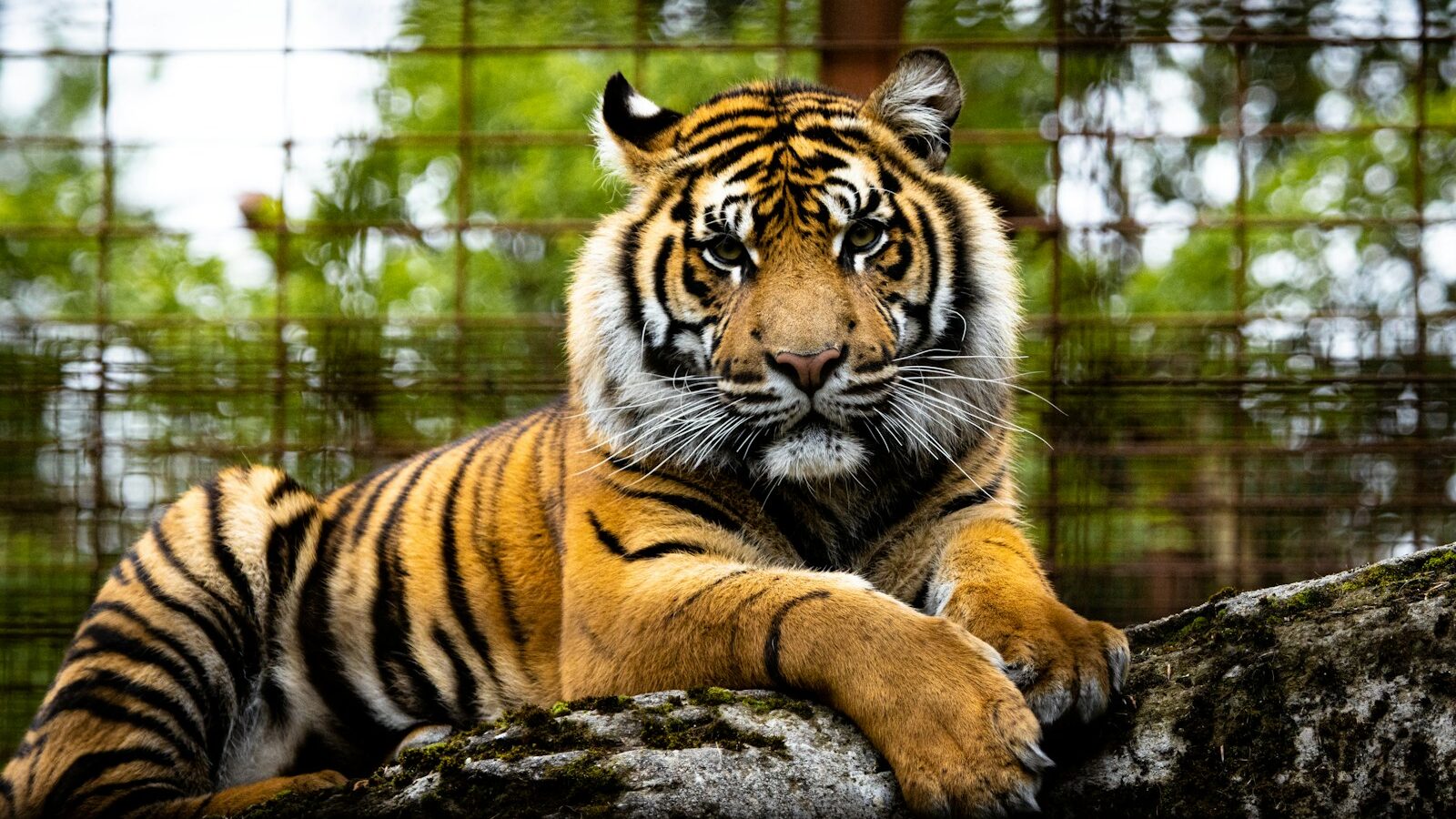
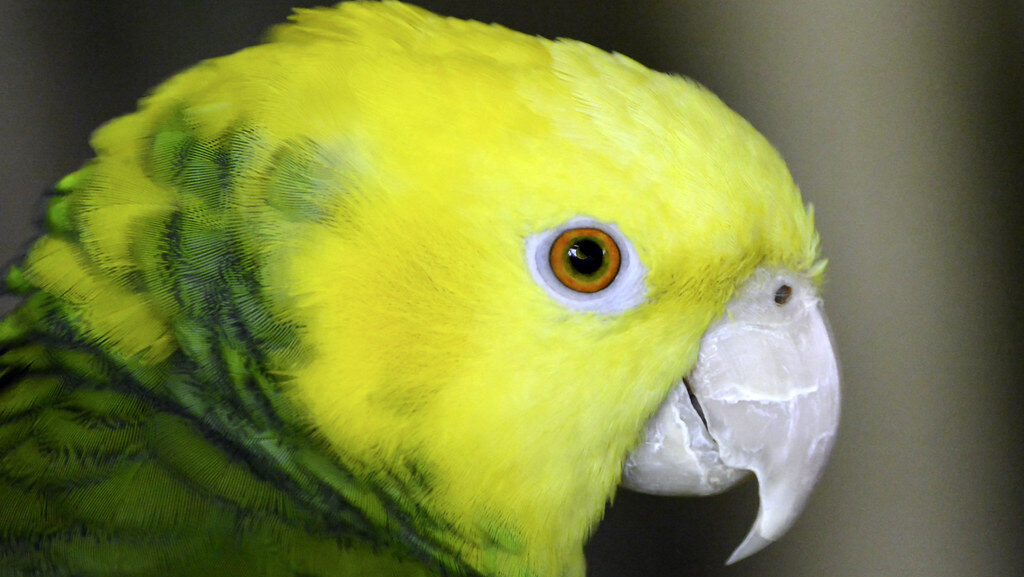

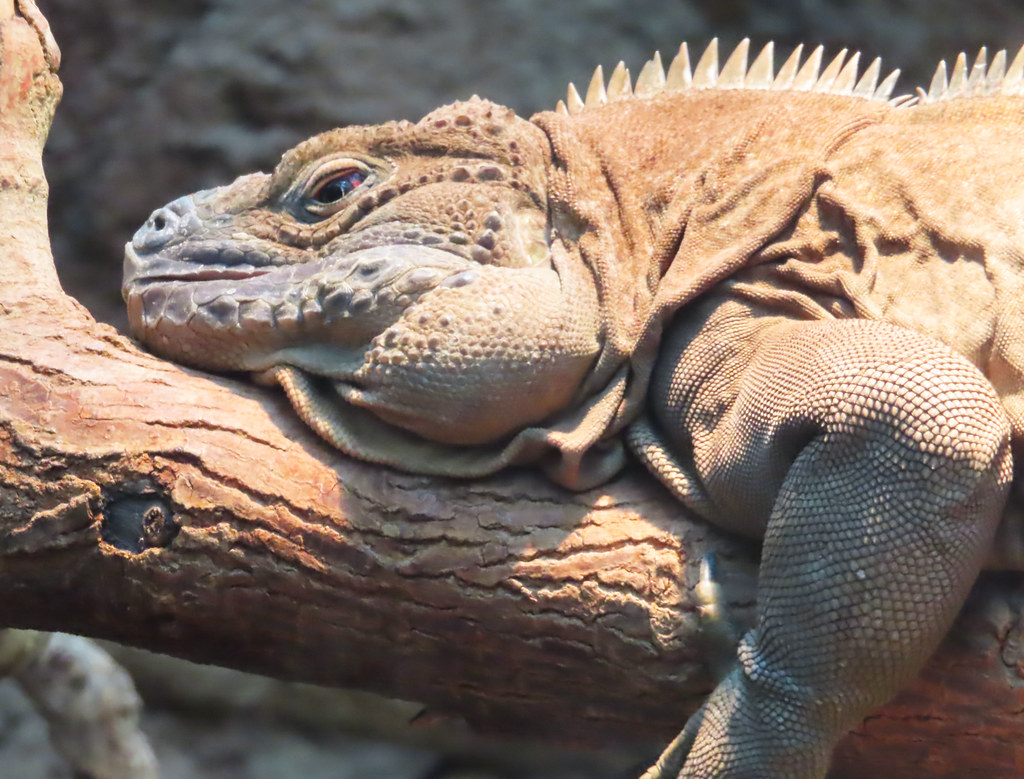
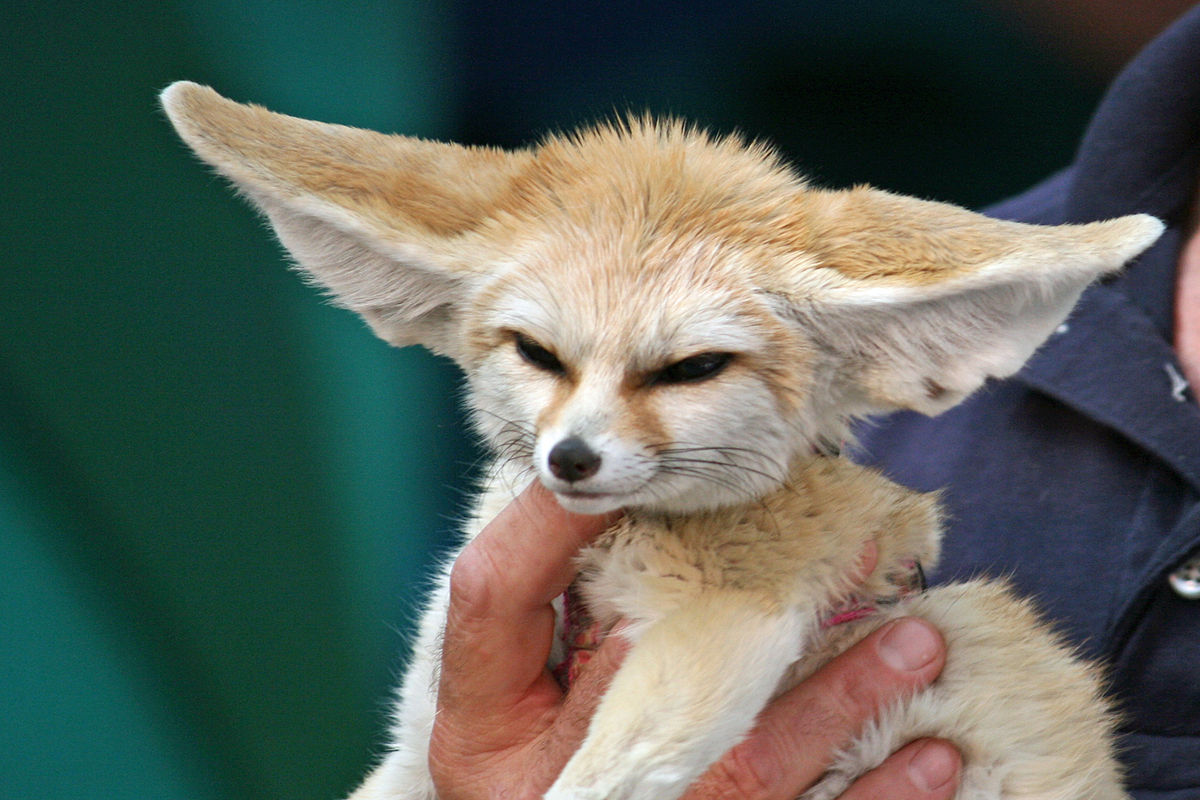
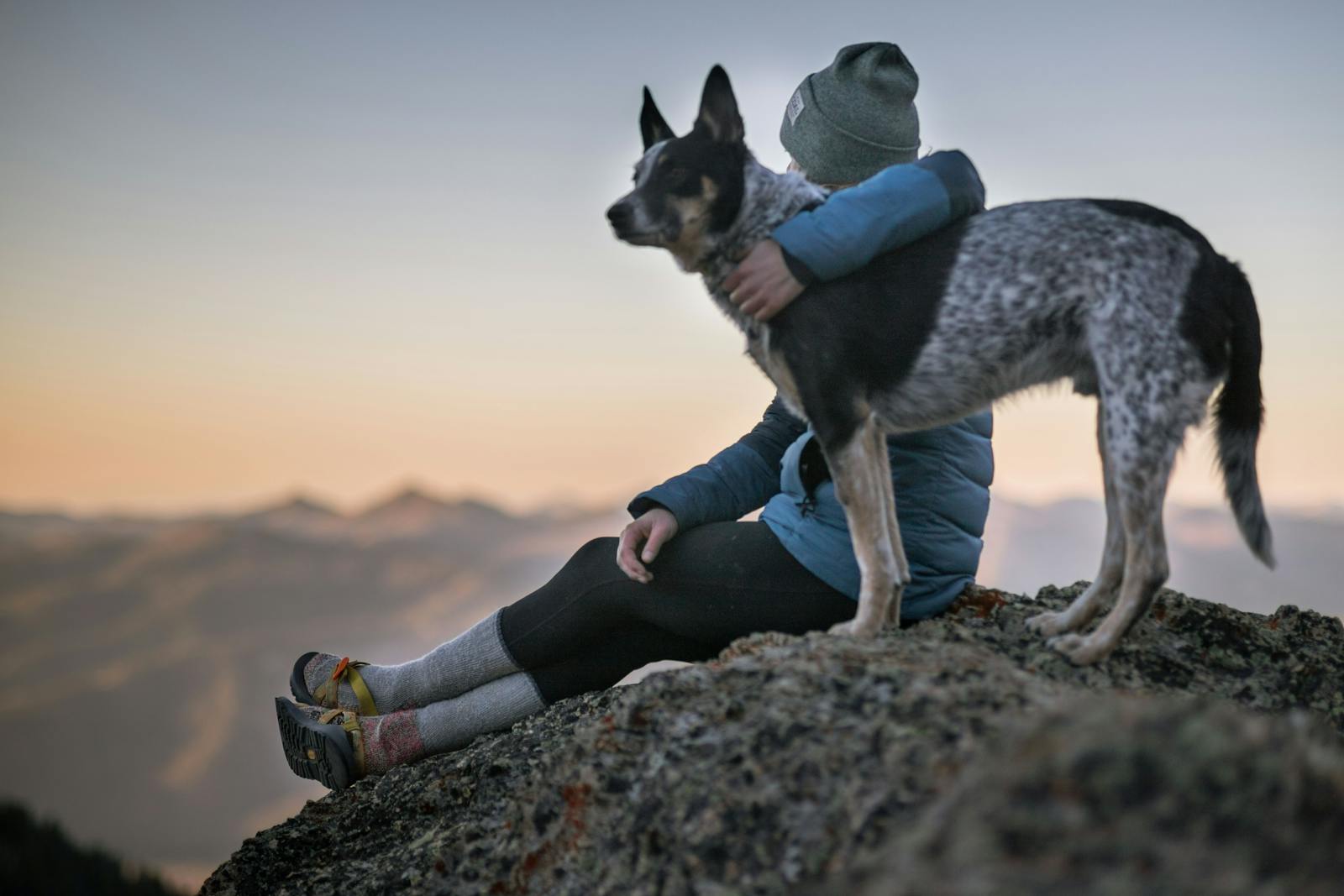
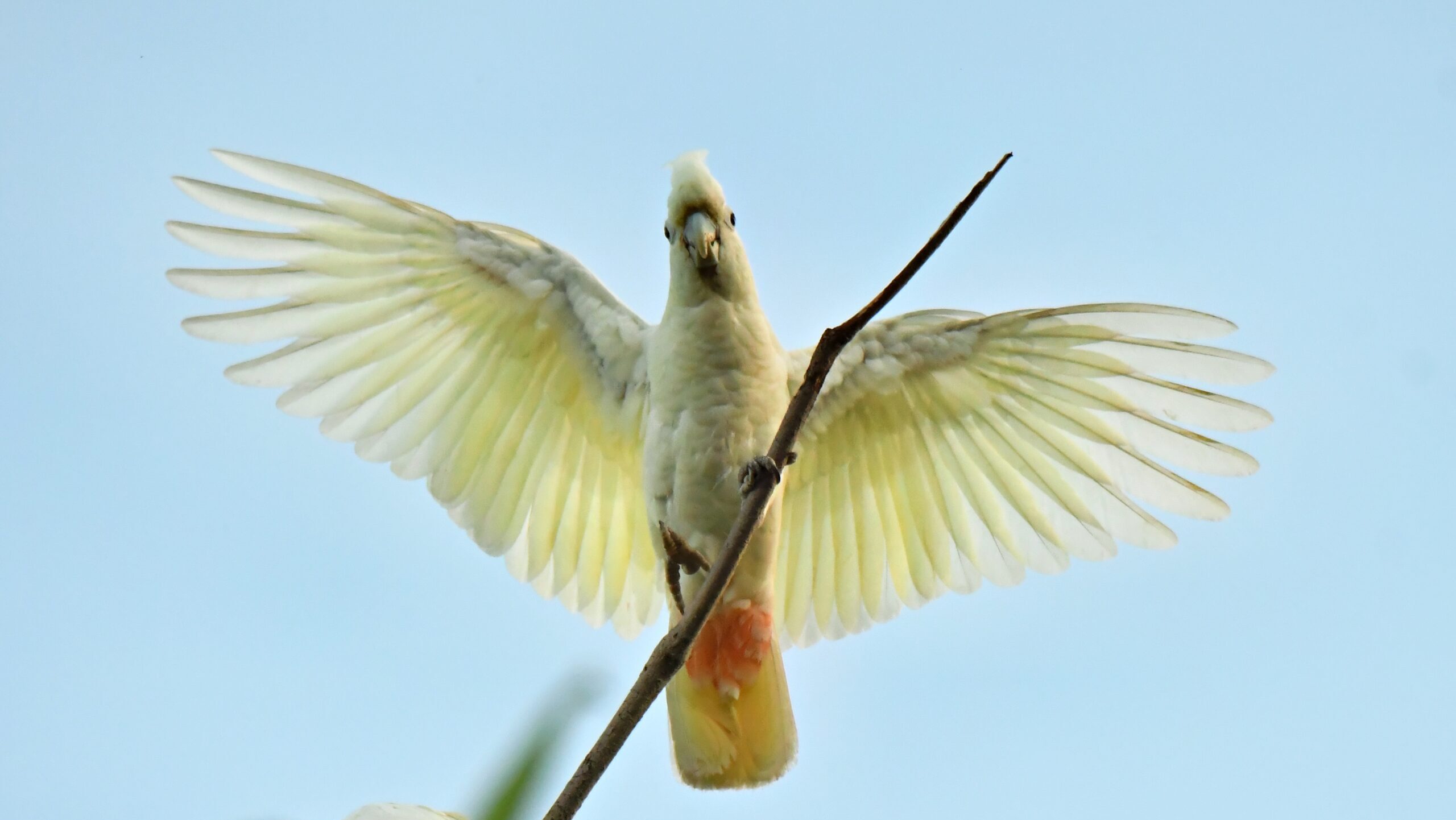

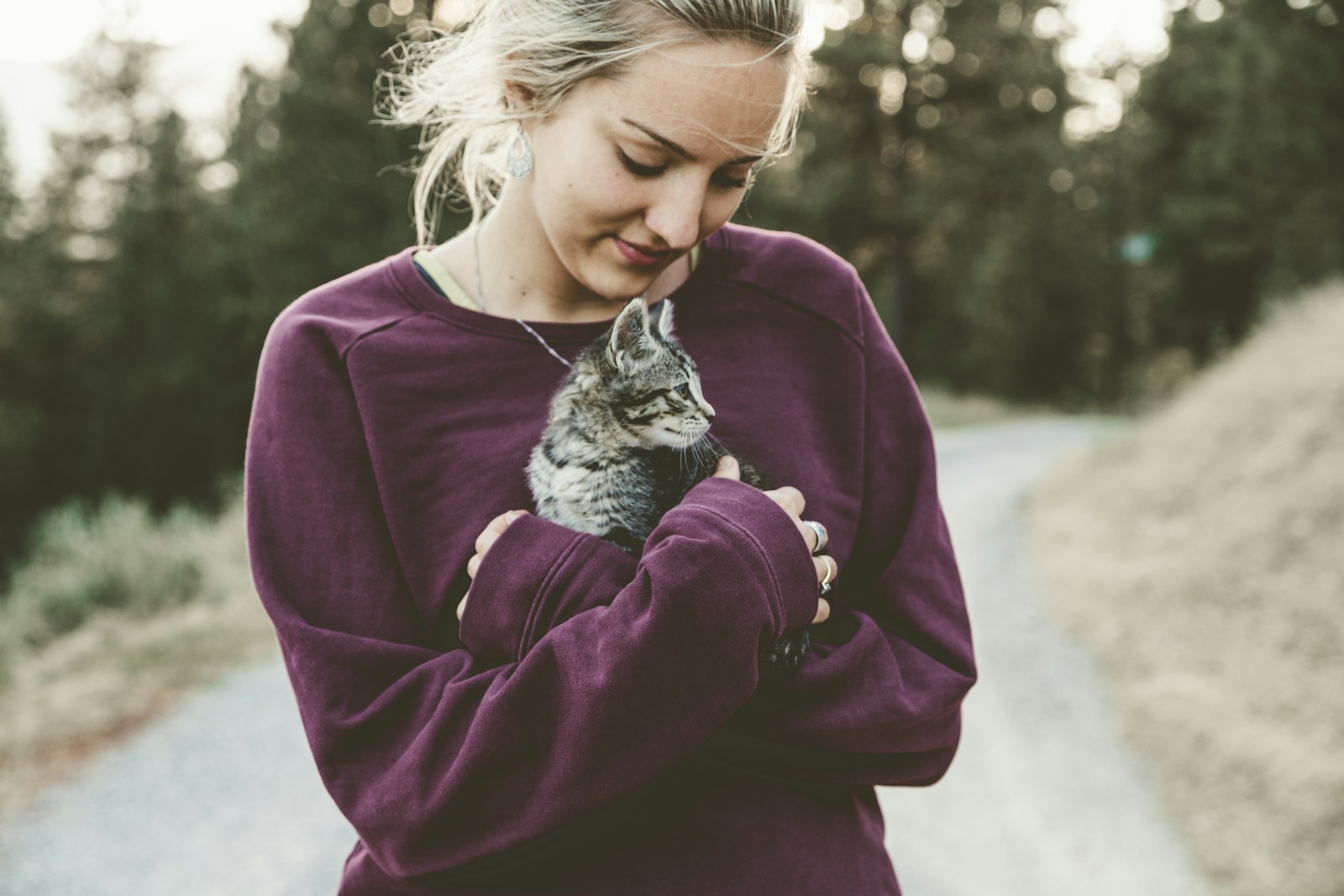






Leave a Reply